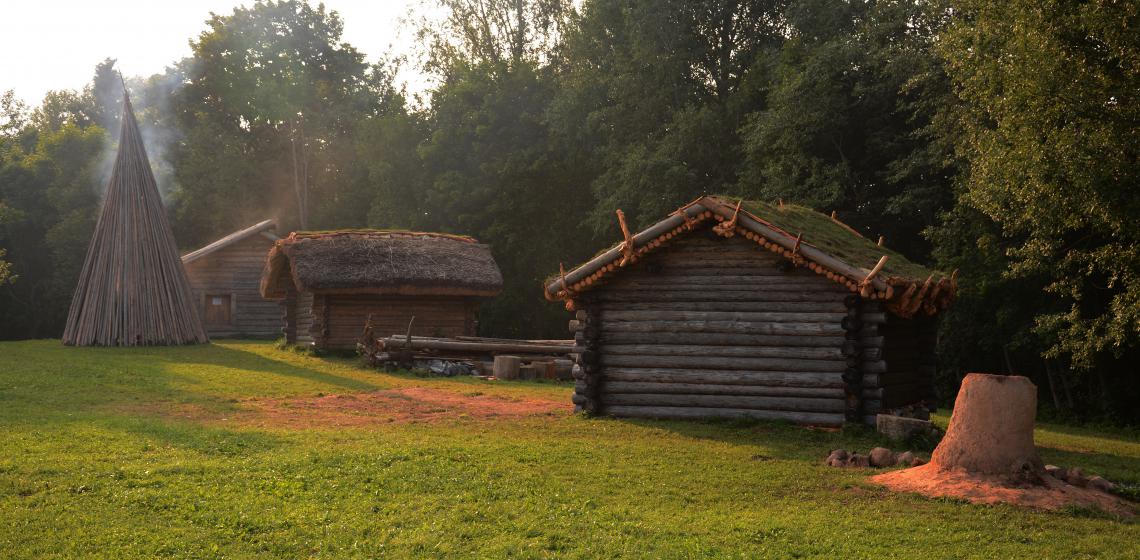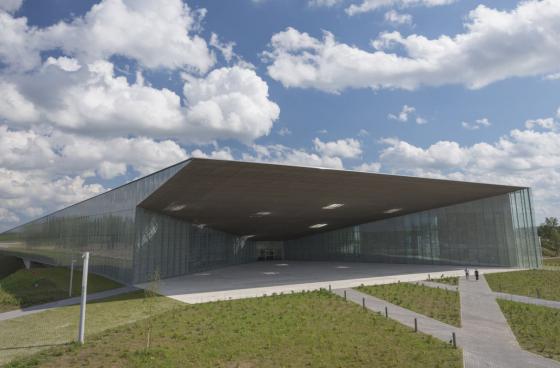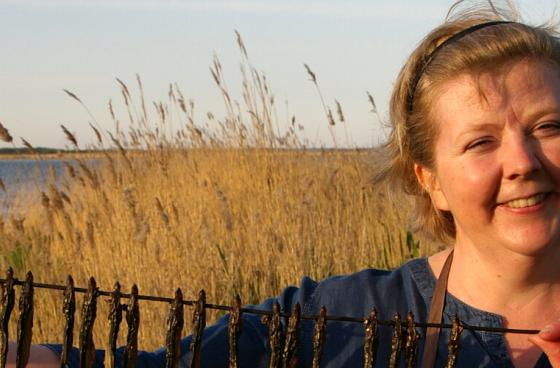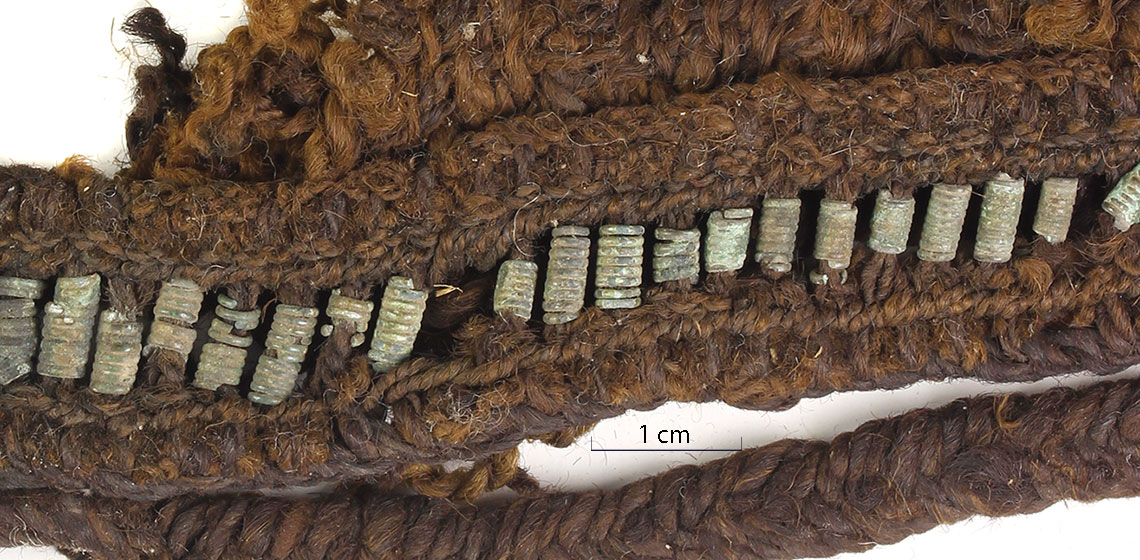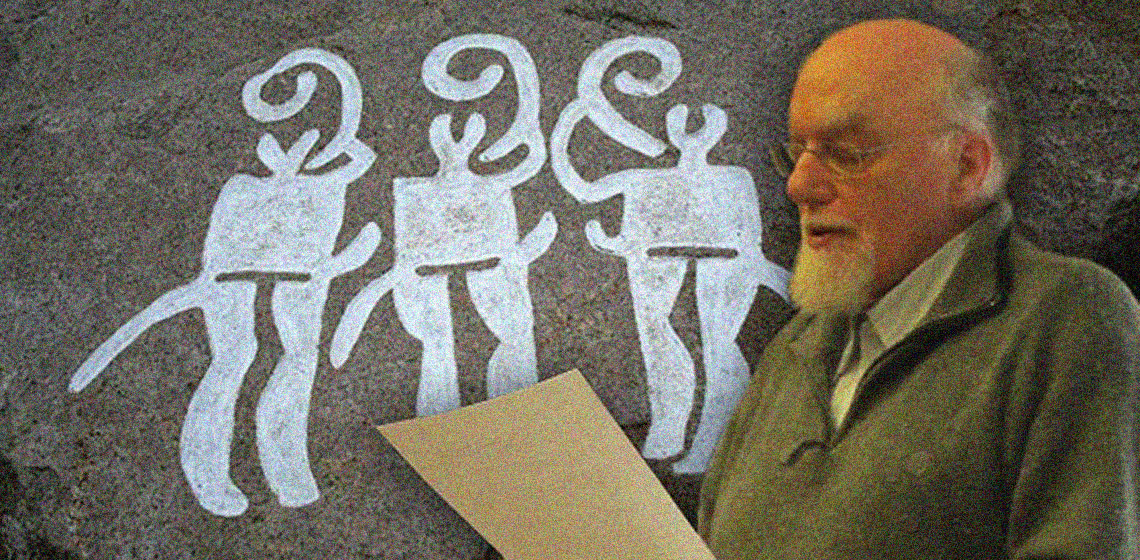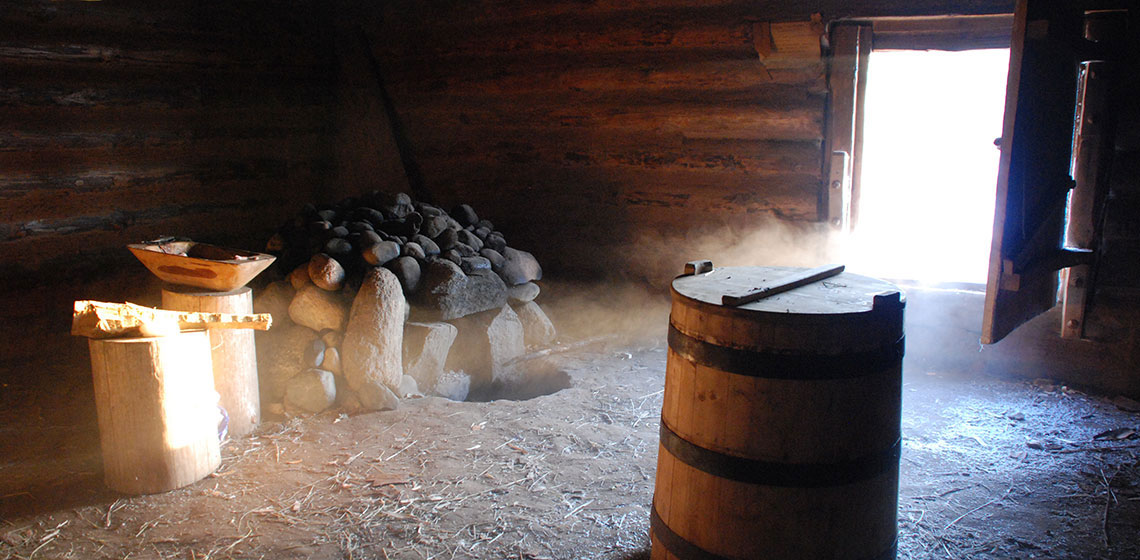Estonia
Jan-Michael Cayme
I am a PhD candidate in Analytical Chemistry under the Analysis of Cultural Heritage and Archeological Objects research group at the Institute of Chemistry, University of Tartu, Estonia.
Rõuge Ancient Farm Project (EE)
The Rõuge ancient farm project (Rõuge Muinastalu) was initiated in 2010 by Viire Kobrusepp and managed by her until 2016. In her Master’s thesis, Viire concentrated her research on an archaeological Iron Age building experiment that saw the construction of a Viking era dwelling house using ancient building techniques.
This was followed by a living experiment. Other buildings followed the construction of the dwelling: a granary, a smithy, a summer kitchen and a barn. When building the reconstructions, archaeological examples were used for the building layouts and ethnographical sources for the different roof designs. The hillfort and settlement site of Rõuge, located only 100 m away from the site, serves as a major source of information as it has been thoroughly excavated.
Museums 2030 – Sharing Recipes for a better Future
NEMO European Museum Conference 2019
Museums 2030 - Sharing recipes for a better future
7-10 November 2019 | Tartu, Estonia
Summer School for Ancient Building Techniques 2018
Ancient building techniques will be practiced by continuing the construction of a log house that was started in 2017. The main focus will be on the upper part of the walls and the roof. Additionally, logs will be barked, a doorway will be cut into the walls, and several doors will be built to the already existing buildings such as the smithy and the barn.
Interpret Europe Conference
Fostering heritage communities
Heritage communities are a cornerstone of the Council of Europe’s Faro Convention. But how do heritage sites actually become meaningful for everyone? What triggers volunteer engagement and what boosts someone’s sense of fulfilment?



